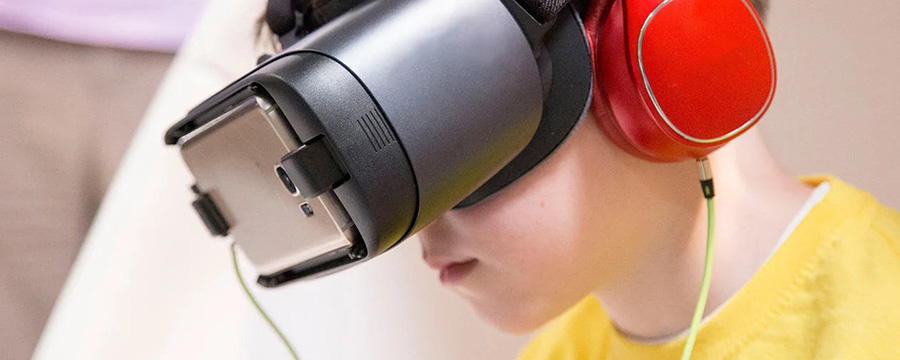#TE-03-23 Representing Data with Images and Sound: Bringing Data to Life
About Course
Raspberry Pi FoundationDescription
Learn how data is represented through media; audio, visual and text.
This online course from the Raspberry Pi Foundation explores how computers do interesting things with data. You’ll discover how to represent and manipulate text, images and sound and compression and other algorithms.
Who will you learn with?
Hey, my name is Mac. I am a Learning Manager at The Raspberry Pi Foundation. I love teaching and digital making, especially when I get to do them both at the same time.
Caitlyn creates and develops Raspberry Pi resources. She is a former teacher, and a postgrad student in social innovation. She likes open tech, the outdoors, art, music, games and anything scifi.
Who developed the course?
The Raspberry Pi Foundation works to put the power of digital making into the hands of people all over the world, so they are capable of understanding and shaping our increasingly digital world.
What Will I Learn?
- Describe how computers represent things in binary
- Explain common text encoding (ASCII and UTF-8)
- Produce your own emoji in bitmap and vector form
- Investigate the physics of sound, and how sampling allows computers to represent sounds
- Compare lossy and lossless compression
Topics for this course
About this course
Welcome to the course0:44
Meet the team and your fellow learners
How do computers bring data to life?
From Binary to Language
From Binary to Colours
It's great that instructor Mac Bowley can make a technical class like this so interesting. I love it.
This is a technical course that I think you can take, and it's something that we'll use in our work. For example, how to represent and manipulate text, images and sounds, compression, and so on. Not bad.
It's great that instructor Mac Bowley can make a technical class like this so interesting. I love it.
The course was fun and taught me a lot about how to present data, audio, visual and text through the media.





